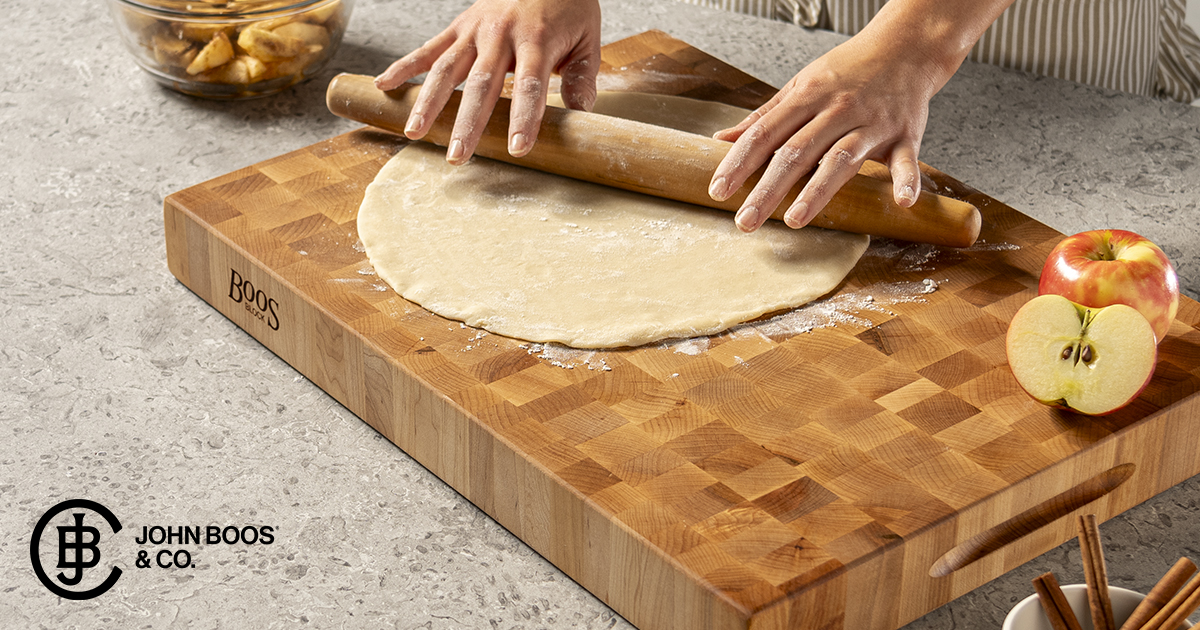I was given a Bamboo cutting Board. It has about an 1/8" thick veneer on each side with layers of stacked wood pieces inside. Obviously it has been glued together to form the plywood.
I have never built anything with this type of plywood. I looked up the price and 4x8 sheet 3/4" costs about $180 - $220, must be why.
Of course my paranoid SIL thinks we are going to be poisoned from cutting food on said cutting board. Anyone heard of getting sick or dying from using one of these?
I have never eaten a piece of plywood before, so I don't know what the danger maybe.
/s
I have never built anything with this type of plywood. I looked up the price and 4x8 sheet 3/4" costs about $180 - $220, must be why.
Of course my paranoid SIL thinks we are going to be poisoned from cutting food on said cutting board. Anyone heard of getting sick or dying from using one of these?
I have never eaten a piece of plywood before, so I don't know what the danger maybe.
/s





